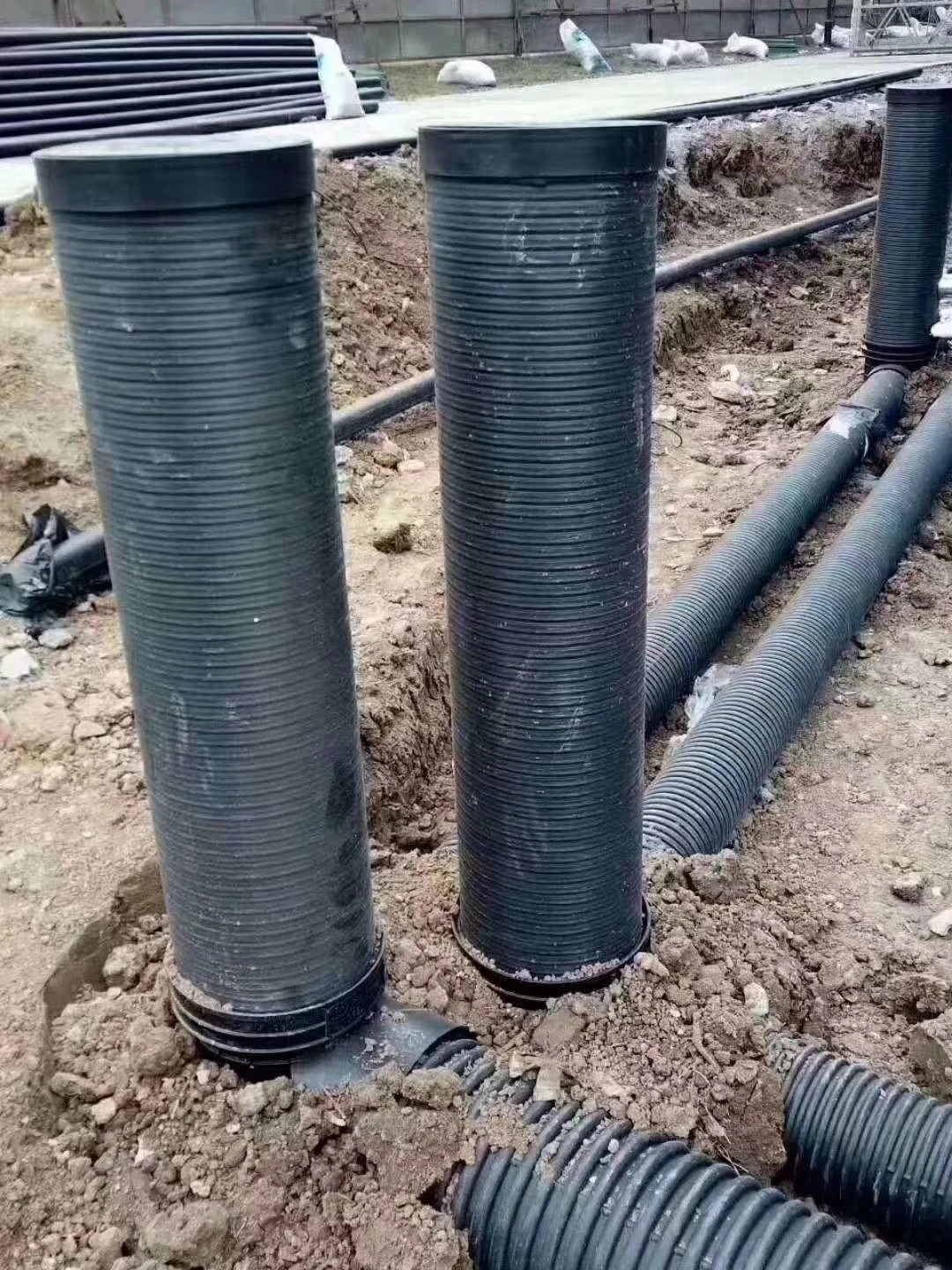Sep . 29, 2024 05:40 Back to list
HDPE Pipe Dimensions and Sizes Specifications for Optimal Installation and Use
Understanding HDPE Pipe Sizes and Dimensions for Optimal Service
High-Density Polyethylene (HDPE) pipes are widely utilized in various applications due to their durability, flexibility, and resistance to corrosion. When selecting the right HDPE pipe, understanding the sizes and dimensions is crucial for ensuring optimal service and efficiency.
Importance of HDPE Pipe Sizes
The size of an HDPE pipe significantly impacts its performance in any given application. Common sizes range from 20 mm to 1000 mm in diameter, with specific dimensions tailored to suit different uses, such as water supply, gas distribution, or sewage systems. The choice of pipe size depends on various factors including flow rate, pressure requirements, and the nature of the fluid being transported.
Nominal Pipe Size (NPS) and Outer Diameter (OD)
HDPE pipes are usually referenced by their Nominal Pipe Size (NPS), which indicates the approximate diameter of the pipe. For instance, a pipe with an NPS of 4 inches has a nominal diameter close to that measurement, while the actual outer diameter (OD) might differ slightly. Understanding the difference between NPS and OD is vital for ensuring compatibility with fittings and other components.
hdpe pipe sizes and dimensions service

Wall Thickness and SDR Ratings
Another critical dimension is the wall thickness of the pipe, which is often represented by the Standard Dimension Ratio (SDR). The SDR indicates the ratio of the pipe's diameter to its wall thickness. A lower SDR value denotes a thicker wall and higher pressure rating, making it suitable for more demanding applications. For example, SDR 11 pipes are commonly used in high-pressure environments, while SDR 17 pipes may be adequate for lower pressure scenarios.
Additional Considerations
When selecting HDPE pipe sizes, it is also important to consider factors such as the installation method, trenchless options, and environmental conditions. For instance, larger pipes may be preferred in areas with substantial flow demands, while smaller pipes might suffice for residential applications or less critical systems.
Conclusion
Choosing the right HDPE pipe size and understanding its dimensions are essential for any project that involves fluid transport. Whether for municipal water systems, agricultural applications, or industrial uses, proper sizing ensures efficiency, reliability, and compliance with relevant standards. Typically, consulting with a professional or utilizing manufacturer guidelines can help streamline the process of selecting the appropriate HDPE pipe, ultimately contributing to the success of the installation and long-term performance of the system.
-
High-Quality PVC Borehole Pipes Durable & Versatile Pipe Solutions
NewsJul.08,2025
-
High-Quality PVC Perforated Pipes for Efficient Drainage Leading Manufacturers & Factories
NewsJul.08,2025
-
High-Quality PVC Borehole Pipes Durable Pipe Solutions by Leading Manufacturer
NewsJul.08,2025
-
High-Quality PVC Borehole Pipes Reliable PVC Pipe Manufacturer Solutions
NewsJul.07,2025
-
High-Quality UPVC Drain Pipes Durable HDPE & Drain Pipe Solutions
NewsJul.07,2025
-
High-Quality Conduit Pipes & HDPE Conduit Fittings Manufacturer Reliable Factory Supply
NewsJul.06,2025

